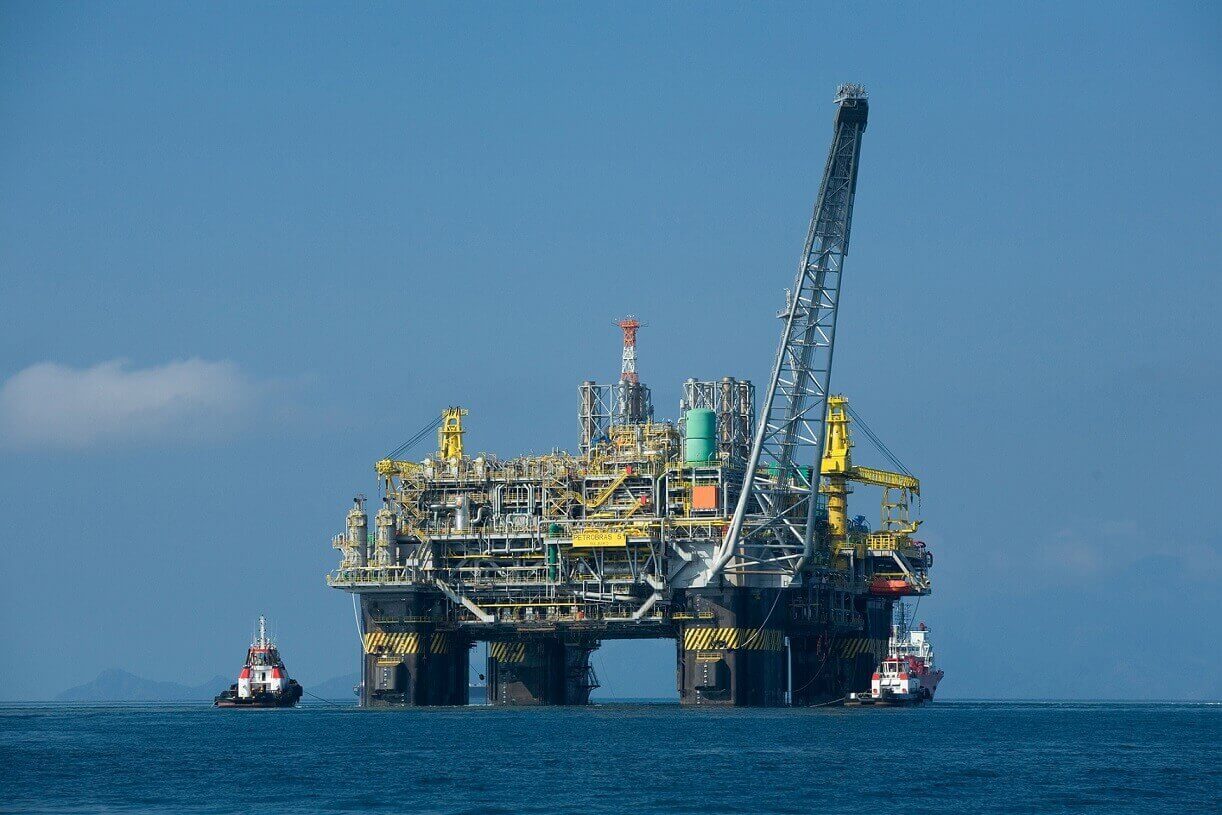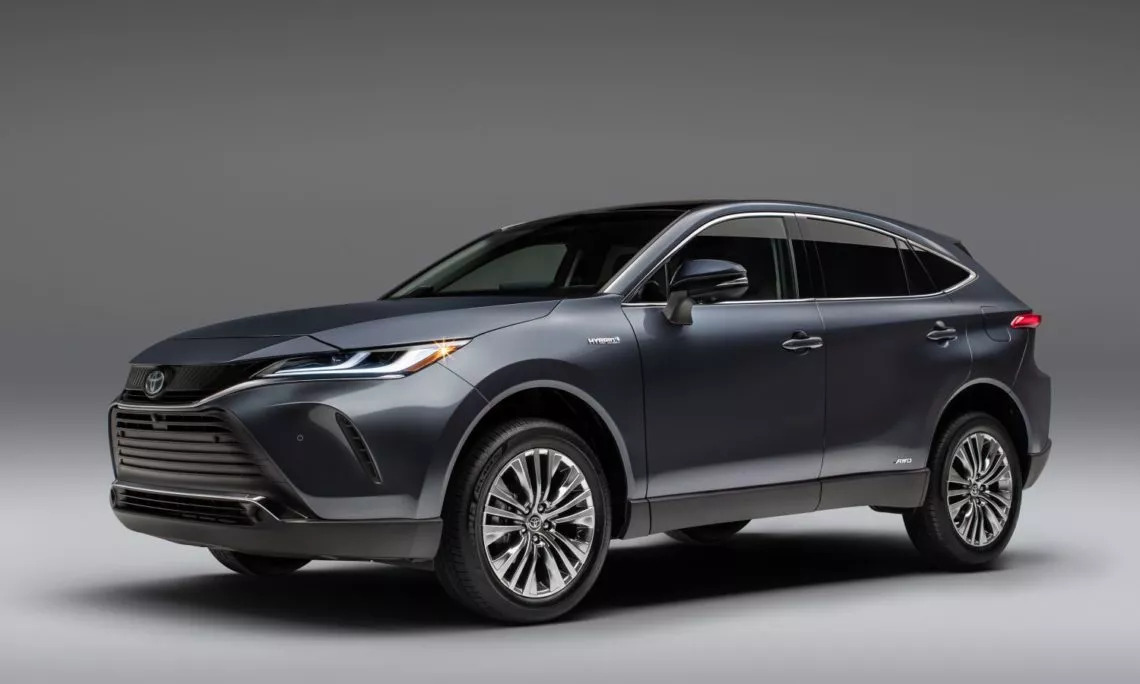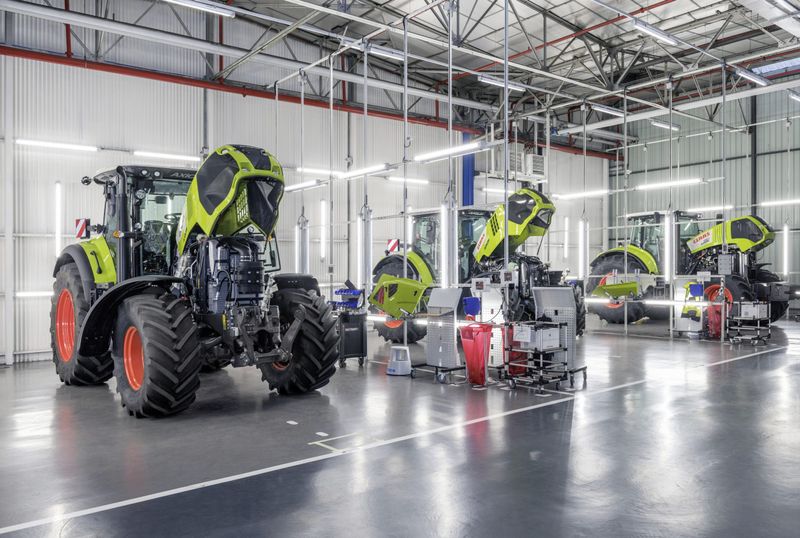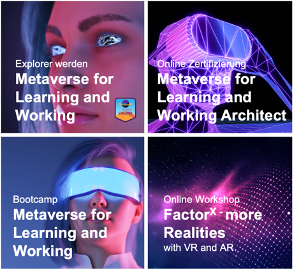The oil and gas industry has always been slow at adopting new technologies. But no longer so.
The potential of technological innovations and the threat from new entrants with their clean energy projects have been pushing companies in the oil and gas sector to transform the way they work.
The organizations across the sector are undergoing digital transformation to lower operating costs and improve efficiency.
According to McKinsey’s research, organizations in the oil and gas sector could reduce capital expenditures by up to 20% if they adopt digital technologies. Augmented reality is one of them.
The implementation of AR in oil and gas industry has been showing significant potential. It can help companies streamline their operations, get the overall safety level higher, and substantially cut the operating expenses.
Total AR market revenues for the energy and utilities industry are expected to grow to US$18 billion by 2022. Most of this money is going to come from platform and licensing, and smart glasses hardware.
Today, we will take a look at a few use cases of AR in the oil and gas industry, and explain why the energy and utility sector is willing to spend their dollars on augmented reality.
But, first things first. Let’s find out more about the particularities and challenges of the gas and oil industries to have a better idea of how augmented reality can help them improve.
What an offshore oil rig is and why it needs AR
Oil and gas are some the most crucial resources humanity needs. Although they are depletable, and we have already been looking for alternatives, those two are still in high demand.
Oil rigs or platforms are usually massive structures with all sorts of facilities that are used to obtain, store and process oil and gas offshore.
They come in many shapes and sizes. They can be fixed or floating, have different housing capacities and objectives, but most often, the primary goal of the offshore oil rigs is to drill and extract petroleum and natural gas that lies underneath the seabed.
As compared to the onshore analogues, offshore rigs are far more challenging to maintain due to their remoteness and harsh environmental conditions. As a result, such a drilling platform involves massive investments.
https://youtu.be/DTlpzf47MIU
These colossal sea fortresses are like small communities. They require all kinds of facilities and quarters as well as massive logistic and human resources.
This, in turn, creates the necessity for catering, accommodation, transportation, maintenance and repair, data analysis, safety control and risk assessment. All that adds up to a whole lot of money required.
And that’s not mentioning all the risks involved. Working at an oil rig means dealing with highly combustible substances, operating at heights, and watching out for heavy things over your head up to twelve hours a day.
Large-scale incidents like explosions and massive fires are rare at oil rigs, but the smaller ones occur quite often.
According to the Centers for Disease Control and Prevention, the fatality rates among offshore oil rigs workers in the U.S. are seven times higher than those of the average workers.
Even with highly trained medical personnel on board, some injuries and traumas might require to-land transportation and special treatment, which is not always available offshore.
As an example, let’s take a look at the responsibilities a drilling engineer usually has:
- Well analysis and data sheet preparation;
- Well-head equipment selection and design;
- On-site monitoring, data collection, and reports;
- Expenditures analysis with possible recommendations regarding any cost-efficient solutions;
- Communication with drilling-related suppliers and contractors;
- Safety assessment and monitoring;
- Ensuring the adherence of the rig to environmental protection standards;
- Supervising the drilling crew and coordinating their work;
- Wells planning and development;
- Making sure the site returns to its natural state if drilling is not viable;
As you can see, the importance of a drilling engineer can in no way be overestimated as they are basically responsible for every essential aspect of the platform.
Also, considering the number of other personnel an oil rig should employ to ensure its proper functioning, seeking new ways to improve the workflow of such an industrial giant is simply natural for any business involved.
Augmented reality can provide the oil and gas industry with precisely that type of improvement. How exactly? Let’s find out!
The advantages AR can grant to oil & gas sector
Recently, oil tycoons started adding tablets and augmented reality headsets to a standard set of tools for their employees at drilling platforms.
Take a look at three most influencing factors that drive oil industries towards using augmented reality for the benefit of their business.
Effective maintenance and workflow
Regular inspections are obligatory if you don’t want everything to fall apart, especially if this “everything” is located in the middle of an ocean and costs several hundred million dollars.
AR technologies can help engineers at oil rigs conduct repairs on the spot faster and more efficiently than ever before.
Before a working prototype of AR equipment was created, the process of maintenance and inspection had always been limited by the knowledge of the personnel.
If there isn’t a suitable expert to fix a fault, the only way a problem of this kind can be solved is by finding and transporting somebody with sufficient competence to the platform.
You spend money on transportation and a field expert, and you could potentially lose a lot if the issue leads to the downtime of the whole rig.
However, today such problems can be dealt with more efficiently.
Once a specialist detects a malfunction, AR-powered glasses can provide a detailed overlay of a mechanism or its parts. Meanwhile, the worker can see a detailed step-by-step instruction on how to fix the breakage.
Moreover, if the rig worker requires advice from a technical expert, they can do it instantly using the augmented reality headset. When a direct connection is established, the expert can see everything the worker sees and can give instructions backed by visual clues.
In such a way, a remotely set up specialist can provide significantly more instructional sessions a day, if compared to a field technician. Plus, with such a method, there are zero costs associated with onshore-to-offshore transporting.
Baker Hughes, a GE Oil Company, is using augmented reality in the form of a Smart Helmet, check it out:
https://youtu.be/b3QgIZi46Vk
Combined with other technologies like drones and sensors, the oil and gas companies can tremendously reduce the breakdown response delay and downtime (which might sometimes cost millions of dollars) by detecting and dealing with malfunctions much faster.
Also, all the troubleshooting information can be automatically compiled into reports and then stored in the company’s dedicated database to eliminate the hassle related to paperwork and ensure easy access for anybody who will be dealing with similar incidents.
However, such a system requires a very stable wireless Internet connection, which might be a problem for a stranded oil rig. And the materials of AR headsets must comply with safety standards to avoid any accidents if used in a hazardous environment.
More efficient and less costly personnel training
Often as a mixture of virtual and augmented reality, an AR-based training setup allows simulating various “pre-made” scenarios.
In the oil and gas industry, especially at rigs, there are many things that can go south very quickly.
However, the behavior in a lot of dangerous situations (like explosions or collapses) can only be explained with real training practice to the employee.
Example of such dangerous situations may include:
- Accidents during transportation. Mostly during helicopter flights in bad weather conditions.
- Injuries from the contact with heavy machinery, falling objects or harmful substances.
- Accidents related to the presence of flammable materials and leaks. The latter can result in fire blowouts or even explosions.
To ensure the highest level of efficiency and safety, workers have to be ready for any scenarios. But, traditional ways of training give no real-to-life opportunities to practice the methods of preventing emergency situations (or available options are too pricey).
Using augmented reality (сombined with VR and motion trackers), you can provide your personnel with an extensive training course, confined to a middle-sized room.
In a risk-free AR training center, a trainee can go through a thoroughly modeled simulation step by step. A future specialist can carry out operations that are hard or too dangerous to recreate in the real world.
With AR, you won’t have to call in a real chopper, get all your trainees to the oil rig or bring costly equipment every time they need to learn something new.
You can simulate operations like getting on and off the helicopter, identifying dangerous substances, managing a leak or extinguishing a fire.
After acquiring virtual experience, workers will be better suited for the training in real conditions. Occasional on-rig training is still necessary because VR and AR technologies cannot replace it fully, yet.
Check out how one of such systems, based on HoloLens, is used by a French oil giant – Total:
https://youtu.be/A3wf6bOmfXI
It drastically reduces retention rate due to the instant accessibility of such training, allowing personnel always to be ready for action, be aware of the internal processes that are involved in many third-party operations, and refresh their memory at any time.
To make sure that a trainee knows the procedure after the training course, they can undertake a special examination at the end.
Higher safety level
As we said before, there are a lot of risks at oil platforms. By using various wearables and AR glasses, those risks can be reduced drastically.
In case of an emergency, it is often hard to stay calm and avoid panic. Those workers who are equipped with AR can follow an evacuation path overlaid by the headset to get to safety.
In combination with the sensory data from wearables (heart rate, GPS, etc.), it is possible to see where each individual worker is and in what condition.
Also, there is a lot of hazardous machinery involved. When it comes to working precautions, AR systems can detect various devices and objects to warn the wearer of the possible danger.
Therefore, when workers are about to use potentially dangerous equipment, they, for example, can receive a notification that it first should be turned off.
By decreasing the number of accidents, the related expenditures will go down, and the efficiency will only go up.
Bottom line
As a conclusion, let’s briefly list all the possible benefits augmented reality has for O&G companies:
Better workflow thanks to:
- Prompt troubleshooting;
- More qualified and better-trained workers;
- Easy expertise access;
- Portable visualized manuals;
- Data analysis;
- Better safety.
Reduced costs thanks to:
- Fewer transportation expenditures;
- Significantly reduced downtime;
- Better breakdown prevention;
- Easy-to-conduct training;
- Fewer injuries and accidents.
Like any technology, augmented reality has some limitations:
- AR is confined by the battery life of portable devices, which require you to recharge them quite regularly.
- The processing power of mobile devices is still not sufficient to work with large data heaps in real time.
- The information isn’t displayed across the full scope of the user’s vision, which is a bit inconvenient.
- The quality of AR app performance is highly dependant on a good Internet connection.
However, the thing is that for most cases, not trying to implement digital technologies can be even riskier than doing it.
It works the same way the equipment upgrade does. If you install new leak detectors, you’ll be able to manage leaks faster, which is definitely beneficial.
Setting up an advanced AR system for a massive oil rig will require a significant investment. But, the benefits that follow are evident.
Quelle:
https://jasoren.com/ar-in-the-oil-and-gas-industries/




